Was Bruce Willis right? Could a nuclear blast save us from killer asteroid?
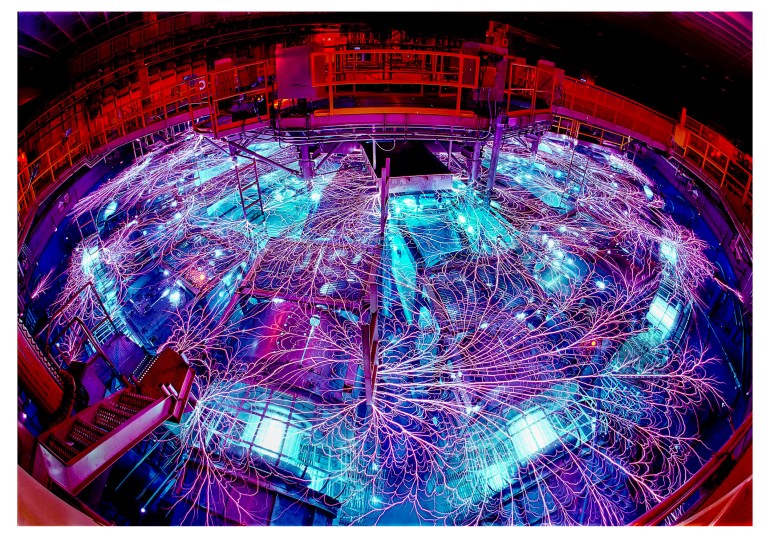
It’s been almost 25 years since Bruce Willis, playing the fictional character Harry Stamper in the blockbuster movie, Armageddon, saved Earth from an asteroid careering towards the planet. In true Hollywood fashion, he did this by detonating a nuclear bomb implanted in the asteroid, preventing what scientists call a “mass extinction event”. The whole world cheered (at least in the movie). The world might be able to cheer for real now. In a study published in Nature Physics, physicists at Sandia National Laboratories in New Mexico, US, say they have simulated a nuclear X-ray pulse directed onto the side of an asteroid to change the trajectory of the asteroid and avoid a collision with the Earth. How did the experiment work? In a recent experiment conducted at Sandia National Laboratories, researchers used a Z machine to generate the X-ray pulses. This is one of the world’s most powerful radiation machines that can generate magnetic fields and X-rays. To generate the X-ray pulse, an intense electrical burst is directed at a pocket of argon gas. This triggers an implosion of the argon gas and turns it into plasma. The plasma emits a powerful surge of X-rays towards the target, effectively mimicking a nuclear detonation in space. The world’s largest pulse-powered accelerator – the Z Machine housed at Sandia [Handout/Sandia National Laboratories] Scientists used an X-ray pulse inside a vacuum to simulate a nuclear explosion on the surface of an asteroid-like rock in space-like conditions. The pulse created a vapour plume which pushed the rock away. “The vaporised material shoots off one side, pushing the asteroid in the opposite direction,” Dr Nathan Moore, the lead author of the new study, said in a press statement. In an interview with Space.com, an online publication focused on space exploration and astronomy, Moore said: “You have to concentrate a lot of power, about 80 trillion watts, into a very small space, the size of a pencil lead, and very quickly, about 100 billionths of second, to generate a hot enough argon plasma, several millions of degrees, to make a powerful enough X-ray burst to heat the asteroid material surface to tens of thousands of degrees to give it enough push.” He also explained that creating an environment that replicates one in which asteroids move freely through space without anchoring the asteroid-like rock used for the experiment was a challenge. The solution was to use what they called “X-ray scissors”. This involved hanging the rock using extra thin foil wires about one-eighth the thickness of a human hair. “A key fact was that asteroids in outer space aren’t attached to anything. But in a lab, everything is pulled down by Earth’s gravity, so everything is held in place by its gravitational attachment to something else. This wouldn’t let our mock asteroid move with the freedom of one in outer space. And mechanical attachments would create friction that would perturb the mock asteroid’s motion,” Moore said in a press statement. This method allowed the scientists to simulate the effects of a nuclear explosion in a controlled environment. Although only a simulation, the outcome of the experiment suggests that using a nuclear X-ray pulse on an asteroid could potentially change its trajectory enough to prevent a collision with the Earth. “I knew right away that this was a huge success,” said Moore. Does a nuclear X-ray pulse have the same effect as a nuclear blast? There is a significant difference between planting a nuclear bomb on an asteroid and directing a nuclear X-ray pulse to part of an asteroid to nudge it onto a different trajectory. If a space agency were to successfully detonate a nuclear bomb on an asteroid, scientists have cautioned that the asteroid would be likely to break into smaller chunks, potentially causing multiple asteroid impacts on Earth instead of just one. Even if the trajectory of the biggest chunk of the asteroid was changed, there would be no guarantee that the other fragments of the asteroid would travel away from Earth. Using an X-ray pulse, scientists can generate energy to vapourise enough material from the surface of the asteroid to result in a push that would change the trajectory of the asteroid rather than blasting it into smaller fragments. Have we tried to change the trajectory of an asteroid before? Changing the trajectory of an asteroid might appear more fiction than science, but in November 2021, the Double Asteroid Redirection Test (DART) mission by NASA crashed a spacecraft into the asteroid Dimorphos and successfully changed the asteroid’s orbital path. Fortunately, the Dimorphos asteroid was no threat to Earth. It was selected to test whether an impact from another object could be a viable method for deflecting an asteroid. How close do asteroids come to Earth? Last week, 2024 ON asteroid, a Near-Earth Object (NEO) measuring 290m (950 feet) in length, safely passed Earth at a distance of almost 1 million km (621,000 miles), about 2.5 times the distance between the Earth and the moon. NEOs are asteroids or comets that are monitored by ground-based and space-based telescopes to identify potentially hazardous objects, especially those that have the potential to impact Earth. On June 19, 2004, the asteroid 99942 Apophis, appropriately dubbed “God of Destruction”, measuring 370m (1,210 feet) in length, was spotted by astronomers Roy A Tucker, David J Tholen and Fabrizio Bernardi from the Kitt Peak National Observatory in Arizona. At the time, the scientists predicted that Apophis would eventually hit Earth on April 13, 2029. However, new research suggests that the asteroid will do a close fly-by the same day and is expected to pass about 32,000km (19,800 miles) from Earth, closer than some satellites that orbit the planet. On February 23, 2012, asteroid Duende, a NEO roughly 30m (98 feet) in diameter, was discovered by astronomers at the La Sagra Observatory in Spain. Duende made a close approach to Earth, passing at about 27,700km (17,200 miles), even closer than Apophis asteroid. What are the ethical implications of using nuclear energy
Vistara-Air India merger: How to transition flights, handle baggage, access lounges from Nov 12

Vistara will merge with Air India from November 12, 2024, with all flights operating under the Air India banner requiring passengers to update their bookings and travel plans accordingly.
EAM S Jaishankar to travel to Pakistan for SCO Summit 2024 on…
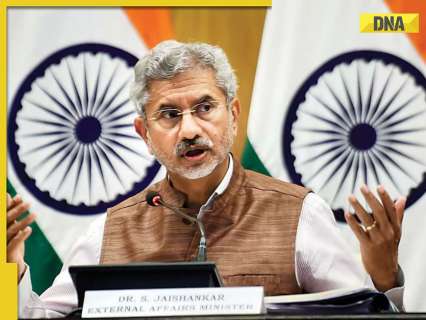
External Affairs minister S Jaishankar to travel to Pakistan for Shanghai Cooperation Organisation (SCO) heads of government meeting.
Senior office bearer reveals what led to Adani’s takeover of Cement Nagar School, says ‘not policy clash, but…’
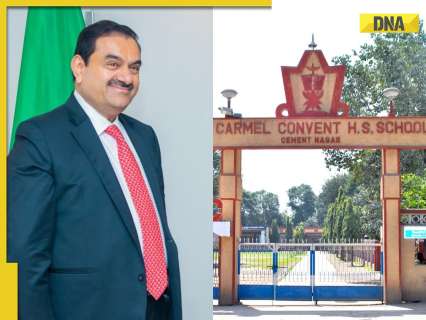
Adani Foundation earlier said that the transfer process adhered to all required protocols, and approvals from the CBSE and the state government were duly obtained.
‘Kar diya 2024 mein murder…’ Delhi teen shares SHOCKING social media post after killing doctor

According to police, after receiving treatment, the teen shot Dr. Akhtar, reportedly claiming that the doctor had overcharged him for his services.
Maharashtra Deputy Speaker, NCP leaders jump from building, know why
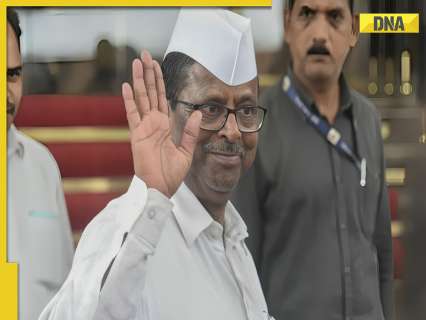
He allegedly jumped from the third floor of the Mantralaya, the administrative headquarters of the Maharashtra Government in Mumbai
Trump to headline NRA event in pivotal swing state two weeks before Election Day
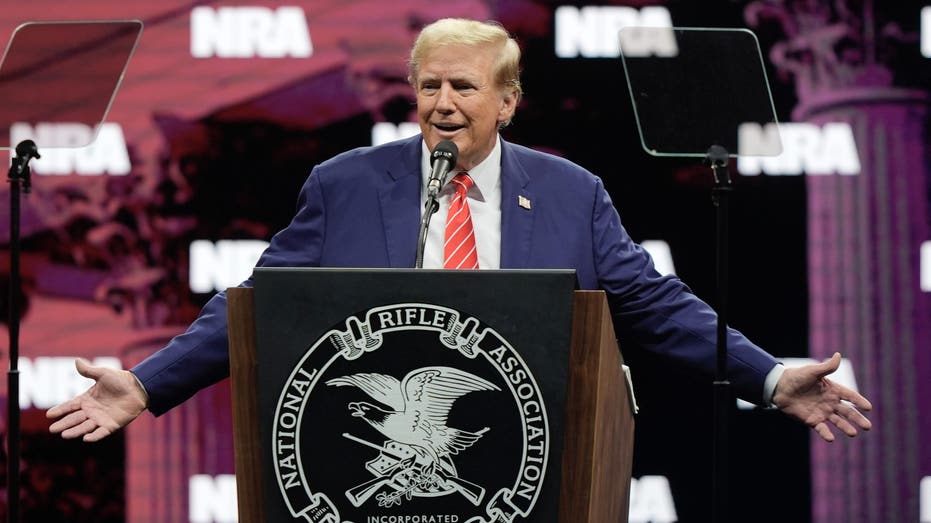
Former President Trump will headline the National Rifle Association’s (NRA) Defend the 2nd event in Savannah, Georgia, Oct. 22, the organization announced Friday morning. “This election is a pivotal one for America’s gun owners. Kamala Harris and her far-left allies have big plans to erode Second Amendment protections,” NRA Vice President and CEO Doug Hamlin said in a statement. “Donald J. Trump has proven himself a fighter for Americans’ right to keep and bear arms. We are excited to have him speak at our Defend the 2nd event and to support his return to the White House in January.” NRA TARGETS SEN SHERROD BROWN IN 7-FIGURE AD BUY IN OHIO Earlier this year, the NRA endorsed Trump in his presidential campaign. Trump also spoke at the NRA’s convention in May. The NRA has been ramping up its attacks on certain Democratic candidates who are softer on gun owners’ rights. Ohio is the second state the NRA Political Victory Fund has targeted this election cycle. Last month, the gun group launched a major radio campaign against vulnerable Democratic Sen. Jon Tester of Montana. NRA BETS BIG ON MONTANA IN GUN RIGHTS PUSH AS TESTER TEETERS IN SENATE RACE “When it comes to preserving and strengthening our constitutional rights in America, the stakes could not be higher in this presidential election,” the NRA’s news release said. “No matter your reason for owning a firearm — whether for hunting, self-defense or just as an exercise of your constitutional right — law-abiding gun owners have a clear choice this fall if they hope to preserve their Second Amendment rights.”
Colin Allred narrows gap in Texas Senate race, but can he win?
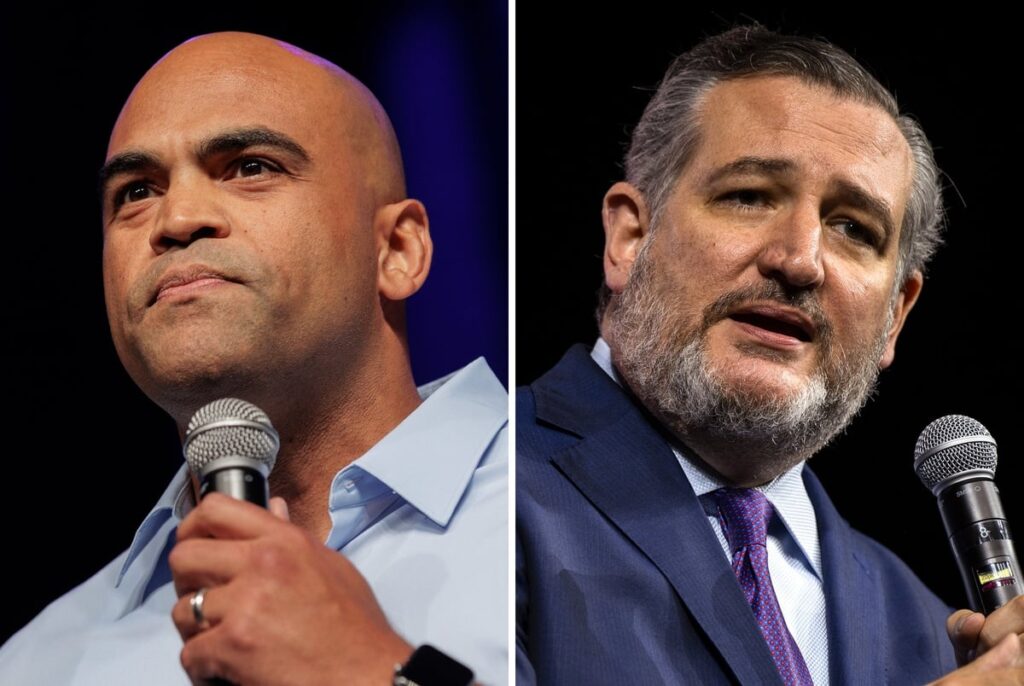
The Democratic congressman is polling closer to Sen. Ted Cruz in his challenge this year, and independent race rankers are noticing.
Marathi, Bengali, Pali, Prakrit and Assamese recognised as classical languages, what are the criteria to get status?
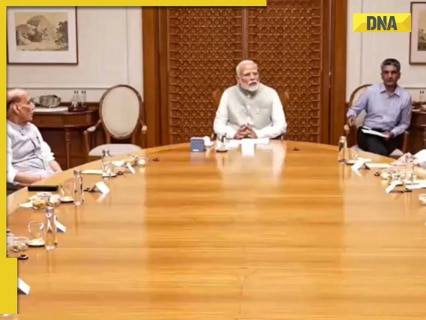
The criteria for bestowing classical status to the ancient languages was revised by the Linguistics Experts committee in July this year as per reports.
Connecticut absentee voting begins

Connecticut’s seven Electoral College votes are up for grabs as voters make their choices in national, state and local races. There is one competitive district in Connecticut: This is a guide to registration and early voting. For comprehensive and up-to-date information on voter eligibility, processes and deadlines, please go to Vote.gov and the election website for Connecticut. Connecticut began absentee voting on Friday. Applicants will need to provide an excuse to receive a ballot. The resident must receive a ballot application by Nov. 4, and that ballot must be delivered to county officials by Nov. 5. Connecticut will begin early in-person voting Oct. 21, and it will continue through Nov. 3. Connecticut residents can register to vote online or by mail through Oct. 18. They can register in person at any time during early voting as well as on Election Day.
